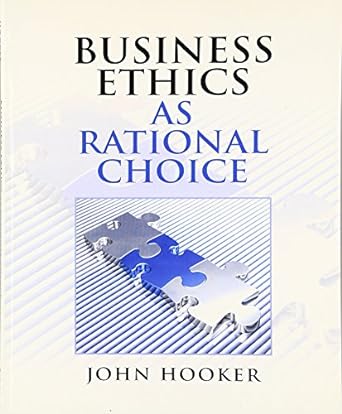Deterring car theft with Lojack.22 Lojack is a hidden radio transmitter device used for retrieving stolen vehicles.
Question:
Deterring car theft with Lojack.22 Lojack is a hidden radio transmitter device used for retrieving stolen vehicles. Because a potential thief cannot tell whether Lojack has been installed, it is not a deterrent to stealing a particular car. However, statistical analysis shows that the presence of Lojack in many cars deters theft generally. Automobile insurance companies can provide an incentive for car owners to install Lojack by giving a price break to those who do. This benefits the community as well as the insurance companies.
However, an individual insurance company does not have a clear incentive to provide a rate differential.
Unless it dominates the market, the reduced premium will reduce its own revenues while having only a small effect on theft—probably not enough to compensate for the revenue loss. Customers with Lojack are more likely to get their car back, and this may result in smaller claims to the company. But this doesn’t justify a rate differential large enough to reduce the rate of car theft. Thus in the absence of a dominant player, none of the insurance companies have an incentive to take an action that would be mutually beneficial if they all took it. Do insurance companies have an obligation to provide a rate differential when such a pricing scheme, generally adopted, would make everyone better off?
Hints. Don’t just say, “This is the government’s responsibility.” Such a claim requires argument, and even if it is true, private insurers may be obligated to take on the responsibility if the government doesn’t act. Also, recall that the utilitarian test doesn’t ask how much utility is created if all companies provide a rate differential, but how much is created if one company (the decision maker) does so.
Step by Step Answer:






